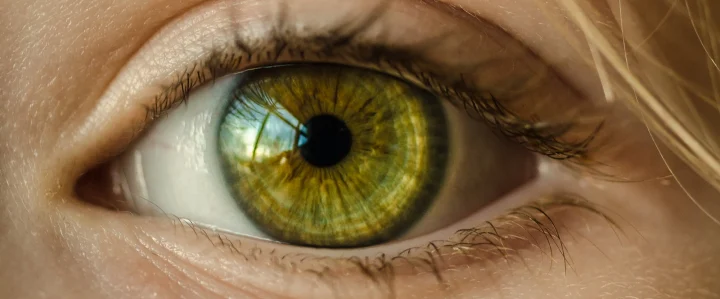Vision for the future of childhood retinal dystrophies

The retina is the means through which most people primarily perceive the world and for children particularly, visual defects can affect educational, social and emotional development.1 The importance of retinal disease, in terms of impact on quality of life is therefore paramount.
Yet, current models for retinal diseases do not always provide a solid platform for accurate modelling of the human system, meaning that our understanding of some retinal disease mechanisms is lacking, and new therapies are simply not being developed fast enough.
Inherited retinal diseases are the second most common cause of blindness in childhood and include Leber congenital amaurosis (LCA) and Stargardt disease (STGD).
LCA is a rare inherited condition of the retina which causes severe tunnel vision and night blindness, similar to retinitis pigmentosa (RP). Unlike RP, however, people with LCA typically have severe visual impairment beginning in infancy. Other symptoms include shaking eyes (nystagmus), extreme farsightedness (hyperopia) and poor pupil reactions. There are at least 20 different forms of LCA, each of which is caused by a defect in a different gene including RPE65 (LCA type 2), AIPL1 (LCA 4), CEP290 (LCA 10) and RDH12 (LCA 13).
STGD is an inherited condition that affects the macula, typically causing vision loss during childhood or adolescence. The main symptom of STGD is variable and often slow, loss of central vision in both eyes. The progression of symptoms is different for each individual but those with an earlier onset of disease tend to have more rapid vision loss. STGD is most commonly genetic, caused by defects in the genes ELOVL4, PROM1 or ABCA4. Autosomal recessive mutations in the ABCA4 gene account for about 95% of cases.
Currently, no treatments exist for either disease and only animal models are available to study their pathophysiology. There are two main limitations of rodent and canine models for studying LCA and STGD.
Firstly, creating a new knockout line is time-consuming and costly, and therefore is applicable only for common or large-scale genetic studies. LCA and STGD are relatively rare genetic diseases, affecting around 1 in 80,000 and 1 in 10,000 people, respectively.
The second limitation surrounds the fact that rodents and canines lack a cone-rich fovea. Additionally, for STGD, the disease in mice is of later onset and exhibits slower degeneration than that seen in humans.
Newcells Biotech’s human induced pluripotent stem cell (iPSC)-derived retinal organoids hold remarkable promise for modelling these retinal diseases, therefore increasing the speed and efficiency at which potential therapeutic agents proceed from bench to bedside.
Using non-integrating virus methodologies to generate human iPSCs from patients, followed by differentiation into retinal organoids, it is possible to produce in vitro models that display the pathological phenotype of a range of retinopathies including LCA and STGD.
The generation of these models is a skilled task as, in addition to the complex differentiation required to produce the retinal organoids, the derivation of iPSC cell lines containing mutations can be problematic.
Newcells has an extensive track record in the generation of stable iPSC cell lines from over 1000 tissue samples containing a range of disease-causing mutations. Combining this, with our platform to produce, characterise and assay retinal organoids, enables Newcells to provide drug discovery teams a system to assess target engagement, efficacy and safety.
Our human retinal organoids contain all the cell types found in vivo, organised in layers and interconnected to create a functional light responsive network that produces a measurable electrical signal. Using restoration of light responsiveness as a key endpoint provides a powerful tool for testing the efficacy of the wide range of therapeutic modalities now in development, including gene editing, RNA and other large molecule approaches.
Newcells is working to improve the reproducibility, sensitivity and applicability of our retinal platform, leveraging work from our existing 3 year NC3R project on retinal toxicity, as well as engaging with consortium such as the Marie Curie Innovative Training Network StarT to investigate aspects of STGD1 and contribute to the advancement of approaches to cure these life changing diseases.
References
- Zaba, J. N. Social, Emotional and Educational Consequences of Undetected Children’s Vision Problems. Journal of Behavioral Optometry. 2001. 12(3)
Share on social media:
Don't miss out on our latest innovations: follow us on Linkedin
Newcells Biotech
2nd September, 2019
Retina


